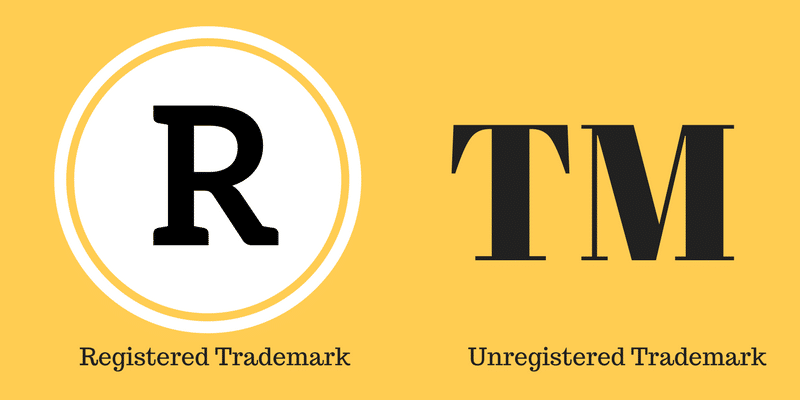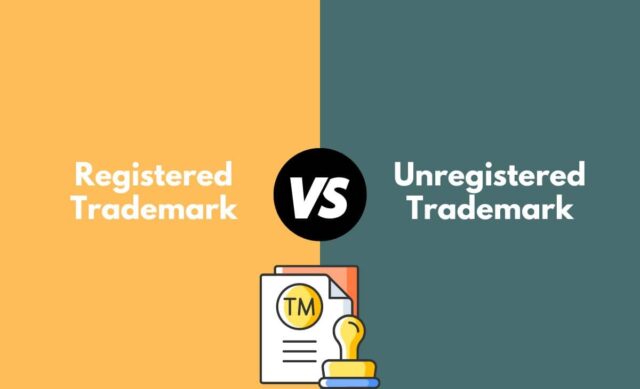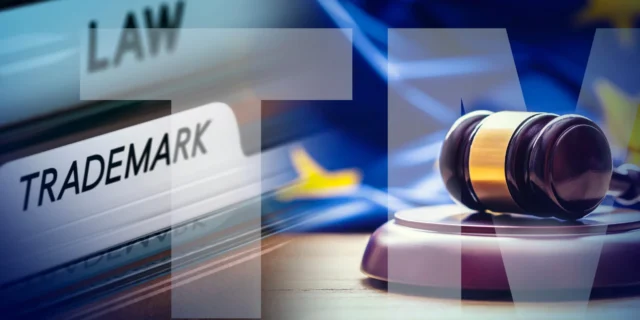
A trademark is a symbol that identifies a business; it could be words, logos, or any other mark. This mark distinguishes you, safeguards your goodwill as a business owner, and helps you enjoy the benefits of selling goods or services. You should consider registering your trademark if you’re running a business in Denver or another location.
While you still have rights to your unregistered trademark, registering it is more beneficial. You may speak with a Denver trademark attorney about how registering your mark may benefit you or help you with the process.
However, before doing that, you should probably familiarize yourself with the differences between registered and unregistered trademarks. How are they different, and which one is better for you? Read on to find out.
Differences between a registered and unregistered trademark

You can operate your business with a registered or unregistered trademark. But the main thing is whether you should keep operating your business with an unregistered mark or have it registered. While that’s up to you, learning how both weigh can help you decide.
In light of that, check out the differences between both based on factors like:
Meaning
A registered trademark is any symbol, word, logo, or unique mark registered under the law with the trademark office. It represents a company or the source of a good or service.
On the other hand, the unregistered mark is not officially registered under the law, which the owner can use for their business, goods, and services without getting approval from the trademark office.
You needn’t register your trademark before using it, and you don’t have to worry about the law because it protects your unregistered mark to an extent.
Duration
Another way that both differ is the duration with which they last. After registering your trademark, the governing body gives your mark a ten-year validity, after which you need to renew it to remain protected under the law or choose not to.
If you want to renew, you must pay a renewal fee within six months after expiration; otherwise, the Registrar can remove the trademark and publish the fact in a journal. You must keep renewing after every expiration.
However, on the other hand, you are liable to prove the duration with which your business has been operating under the trademark.
Protection under law
The Lanham Act governs the American trademark law, and both registered and unregistered ones are protected. Automatically without registration, a Common law trademark protects unregistered marks and allows business owners to use a name or logo which is enforceable under the law.
However, registered trademarks have a higher level of protection in federal court, but both have the same protection under the Lanham Act.
Validity
The trademark registration proof is the prima facie of the mark’s validity. The registered trademark possesses evidence and value from registration and is recognized in public and the law court. However, on the other hand, you must prove the goodwill and value of your trademark if unregistered.
Since it’s not legally registered, you’re responsible for proving how long you’ve used it and how. The unregistered mark only gains protection after it has earned a reputation from the public.
In this case, it is important that you register your trademark so it’s recognizable in a law court and public, whether you’ve been operating for only a few months or years. Your business must have garnered a reputation before it’s recognized if unregistered.
Remedies under law
You should keep in mind that you must police your trademark because the trademark governing body won’t monitor infringement on your behalf. However, they will act on any right.
On the other hand, the owner of an unregistered trademark cannot make claims for an infringement and isn’t entitled to it. However, they can institute an action for passing-off if a third party passes on their mark.
Burden of proof
In case of an infringement or passing off in a court of law, it is required that parties provide evidence to validate their claim, which differs for registered and unregistered trademarks. Depending on the evidence required for a claim, the burden of proof can either be “beyond a reasonable doubt,” “clear and convincing,” or “preponderance of the evidence.”
The burden of proof for the mark’s legality for registered trademarks lies upon the opposing party. On the other hand, the burden of proof lies on the mark owner where unregistered trademarks are concerned.
Enforceability
Trademarks are enforceable in different ways. For example, when a trademark is unregistered, you only have the exclusive rights to use the mark within the area where it has gained a reputation. However, registered trademarks are enforceable across the nation.
That is, if your trademark is unregistered, another person outside Denver can use the mark for their business without facing legal consequences. Therefore, you can own exclusive rights across the country if you register your trademark.
Afterward, you may decide to register your mark internationally. Furthermore, it’s easier for your registered trademark to survive in the market, while the owner of the unregistered mark needs to prove their product within the geographical area it has gained credibility.
Symbol application
The symbols that apply to registered and unregistered trademarks differ. Before a trademark is registered, you can add the “™” symbol on your marks to claim it ahead of registration. You can also use this symbol for as long as the trademark is unregistered.
However, once you’ve completed the trademark registration, you can use the “®” symbol on the mark to depict registration under the Act.
Conclusion
You can never go wrong with registering your trademark. It gives you the exclusive right to own the mark and sue anyone for infringement. However, if you’re not ready for registration yet, you can add the “™” symbol on the mark to lay claims on it until you register.
Furthermore, ensure you confirm that the trademark is truly unique before doing that to prevent infringement on another’s trademark.











